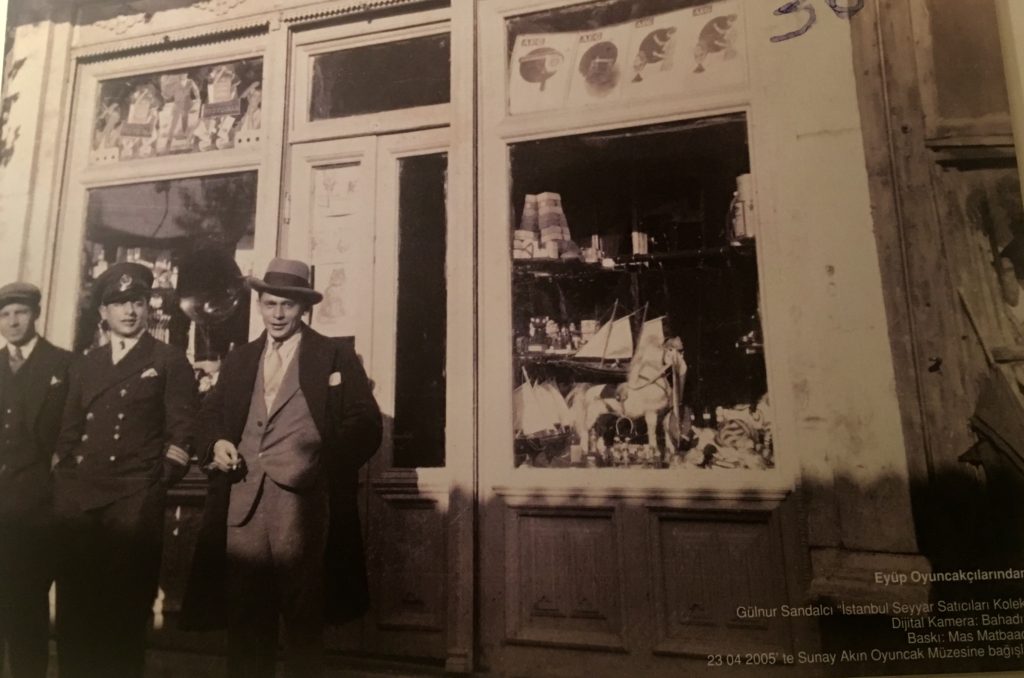Do you ever feel like going off the regular sight-seeing itinerary when you visit a foreign city? Take some time off from the routine track that tourists mostly follow and indulge yourself in the pleasure of doing something different? I love to do that from time to time and believe me, I rarely regret it. Some cities in the world are full of trophies for those kind of risk takers and Istanbul is one of them.
Situated on the relatively more quiet Asian side of the city, the Istanbul Toy Museum is a little gem for those who remember their childhood and still long for their old time toys. It is also a dream come true for its founder who is bravely supporting it financially by his own means.
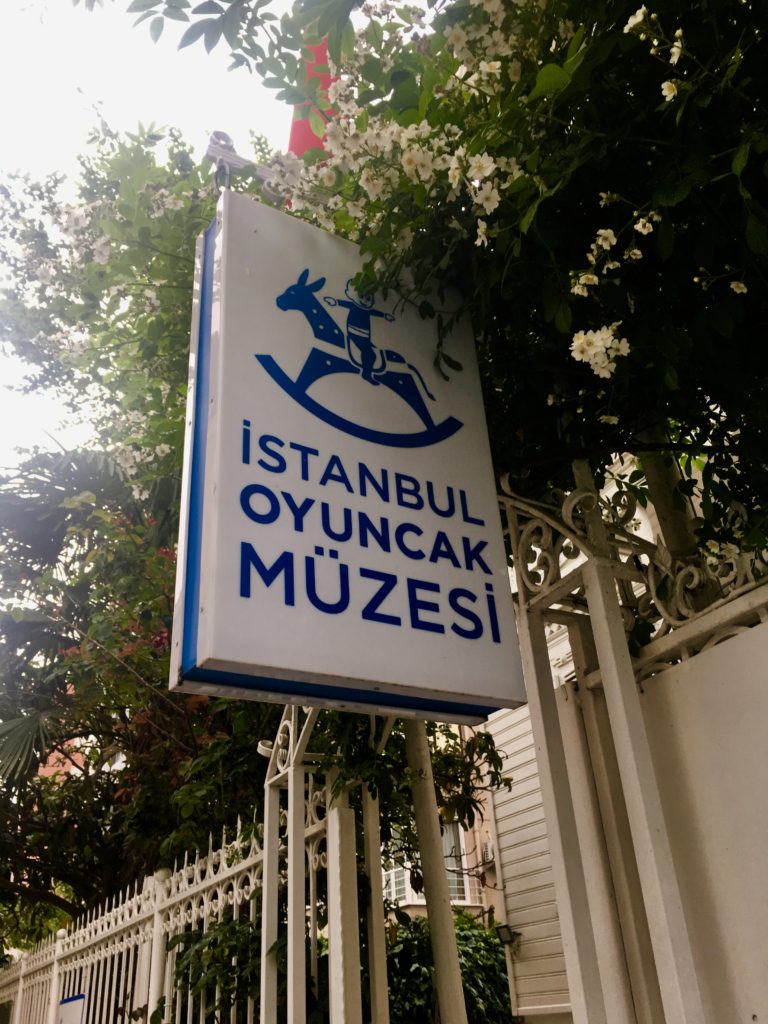
I believe I have previously mentioned that the Asian side of Istanbul (including the Princes’ Islands) was originally the seaside resort of the city. Until the mid-1980’s, in summer people used to move to the summer houses on this side of the city. Those who did not own a house, could easily rent one. Traces of this tradition that goes back to the 19th century are still visible in this part of the city. In the secluded and quiet streets, you can sometimes encounter the historical wooden mansions or houses of those times, hidden away among trees. These are the lucky ones that have survived the pitiless urbanisation of the past few decades. Many more have been pulled down and been replaced by numerous ugly blocks of apartments. Evidently, the temptation of having several buildings in place of a single house and a vast garden was too hard to resist for the land owners. This savage destruction continued for decades until the State took control of the situation. Currently, these historical houses are protected by law and it is prohibited to demolish them. Owners are required to renovate them if they want to build blocks of apartments on the estate. The size and location of the new buildings also require permission but the examples that we sometimes come across indicate that some people can always find their way around rules and regulations.
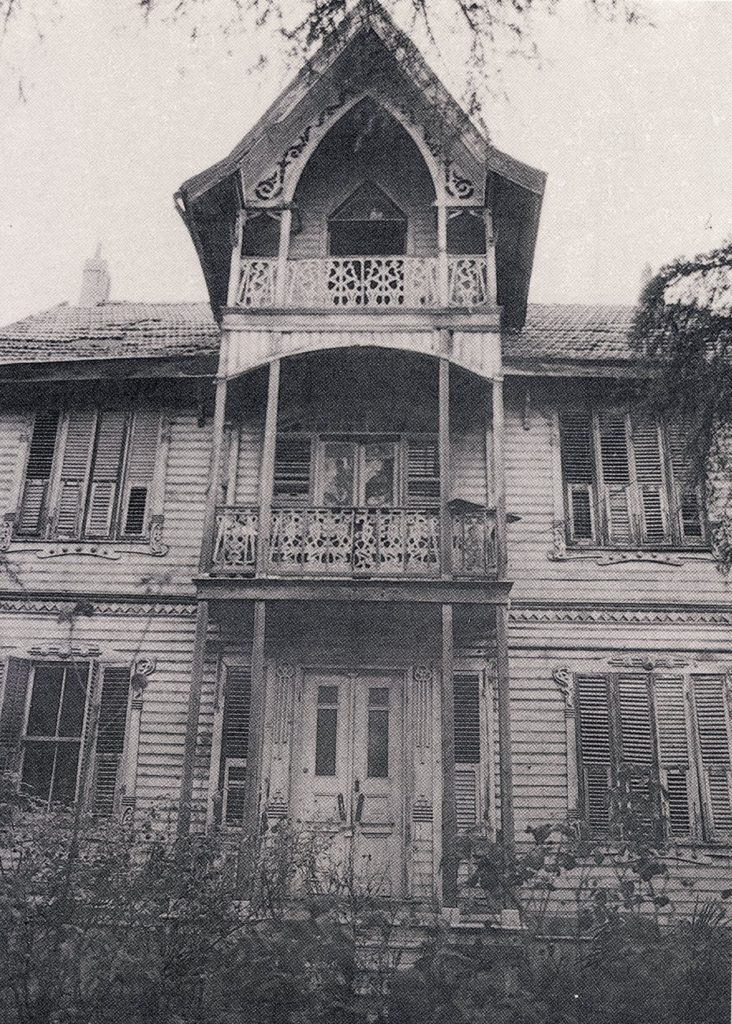
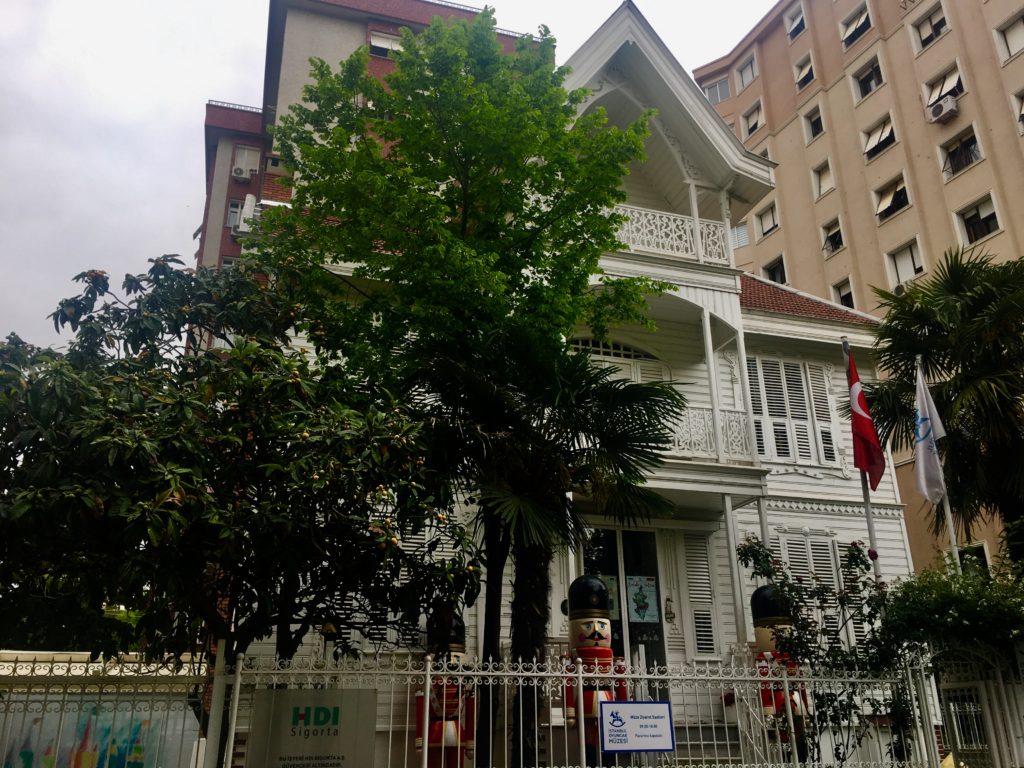
The Istanbul Toy Museum is situated in an historical wooden Istanbul house, in the Göztepe district, on the Asian side. It is the only wooden house left in the quiet Dr. Zeki Zeren Sokağı (Street). You can always cross over to the Asian side by ferry but, the Marmaray train that has been recently put to service has made access much easier. You can take the Marmaray train from the Sirkeci stop in Eminönü and get off at Göztepe on the Asian side. This train that travels under the Bosphorus, is currently the fastest way of coming to this part of Istanbul. The museum is in about 10-15 minutes walking distance from where you will get off. After the museum, you can either go back the same way or walk down to the Bağdat (Baghdad) Avenue to enjoy the cafes and shops or take a stroll by the seaside before going to Kadıköy to take a ferry back. The name of the avenue comes from the fact that it was part of the route that Sultan Murat IV (1612-1640) followed on his way to conquer Baghdad in 1638.

Source: www.istanbuloyuncakmuzesi.com
The Istanbul Toy Museum was founded by the Turkish poet and novelist Sunay Akın. The museum opened its doors on April 23rd, 2005. The opening date is meaningful because April 23rd is not only the National Sovereignty Day in Turkey, but it is also celebrated as the Children’s Day as well. The building originally belonged to Sunay Akın’s grandfather. As a child, he spent many long summer holidays in this house and its garden, which I believe was much bigger at the time.
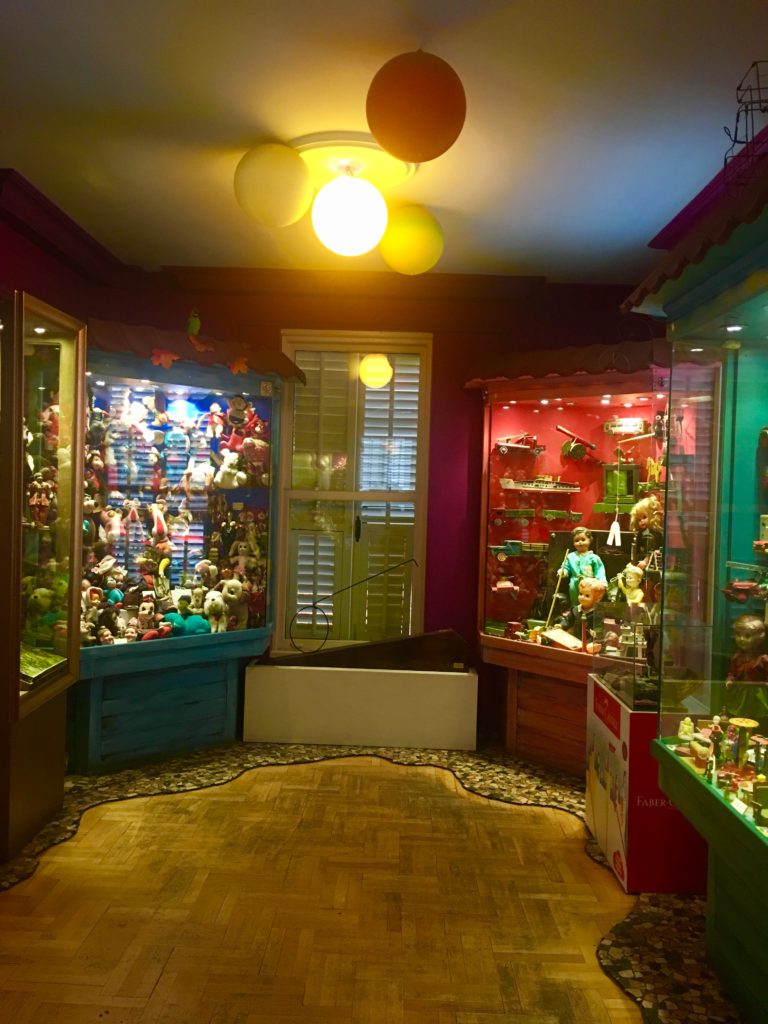
A collection that was accumulated over a period of more than 20 years
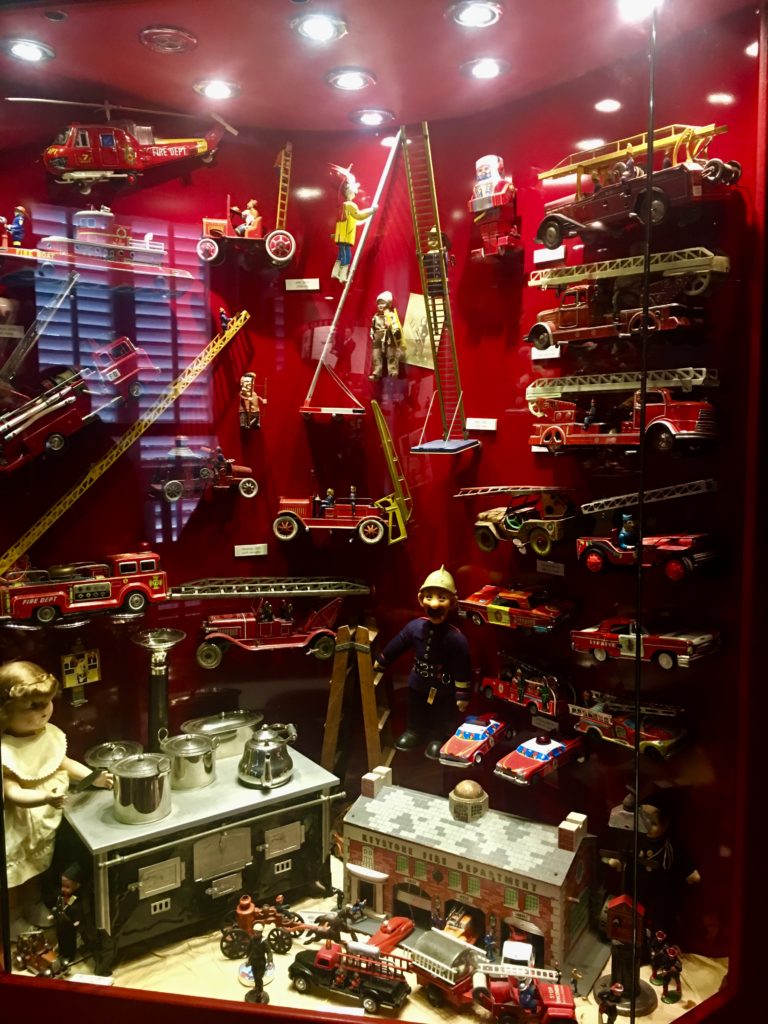
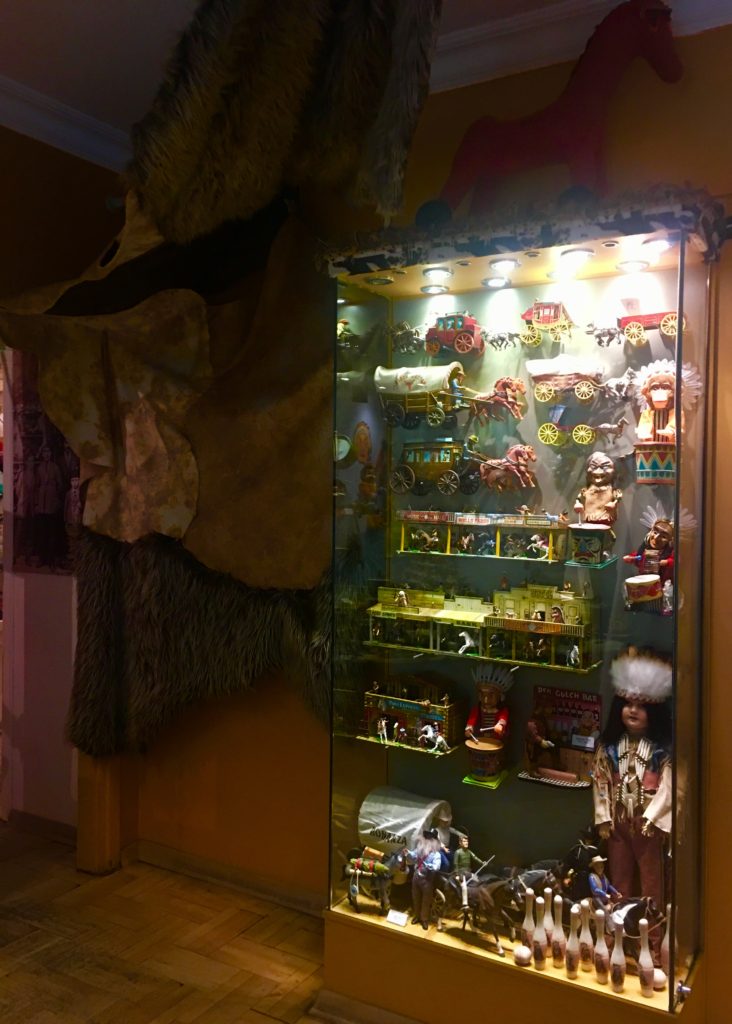
Sunay Akın’s interest in museums started when he visited the Istanbul Archaeological Museum with his family as a child. He was so fascinated that in time he became addicted to museums and started visiting them wherever he went in the world. “Museums became places where he felt most happy”. Then, when he visited the Nuremberg Toy Museum, the idea of establishing a toy museum in Istanbul started shaping up in his mind.
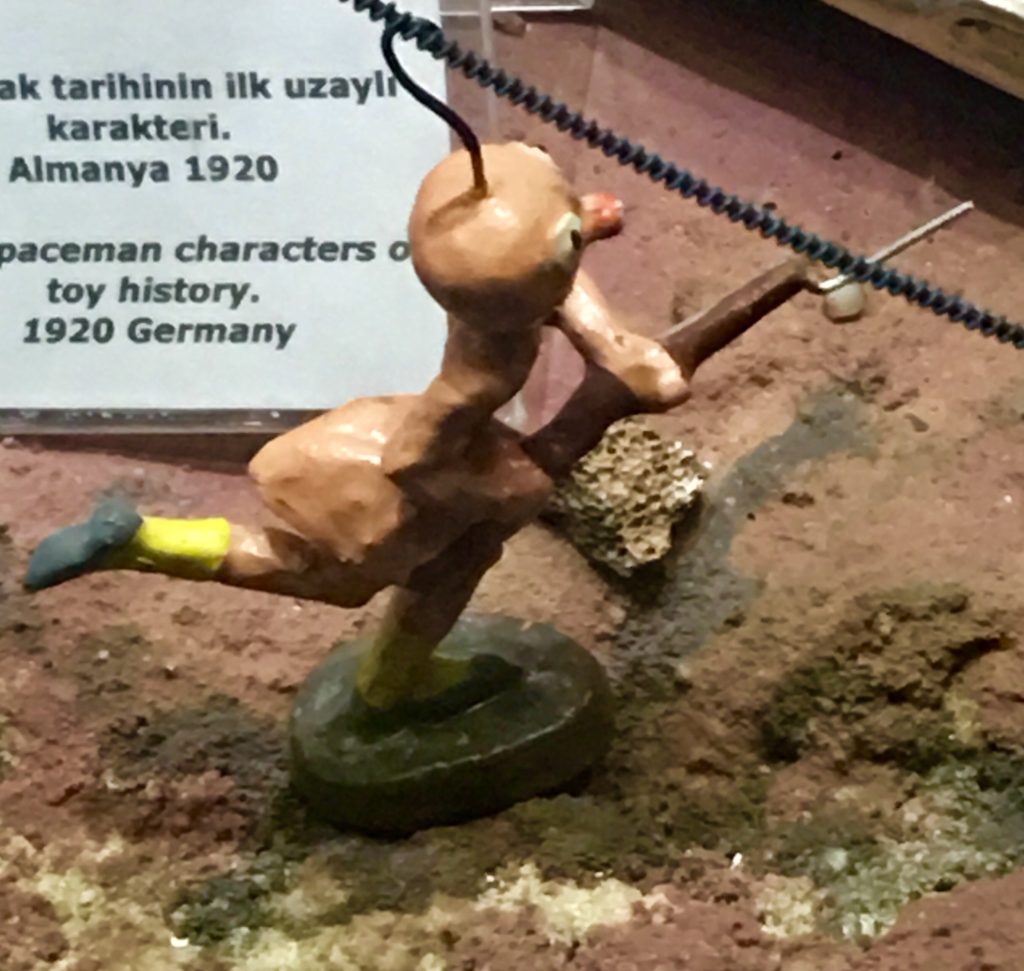
(1920- Germany)
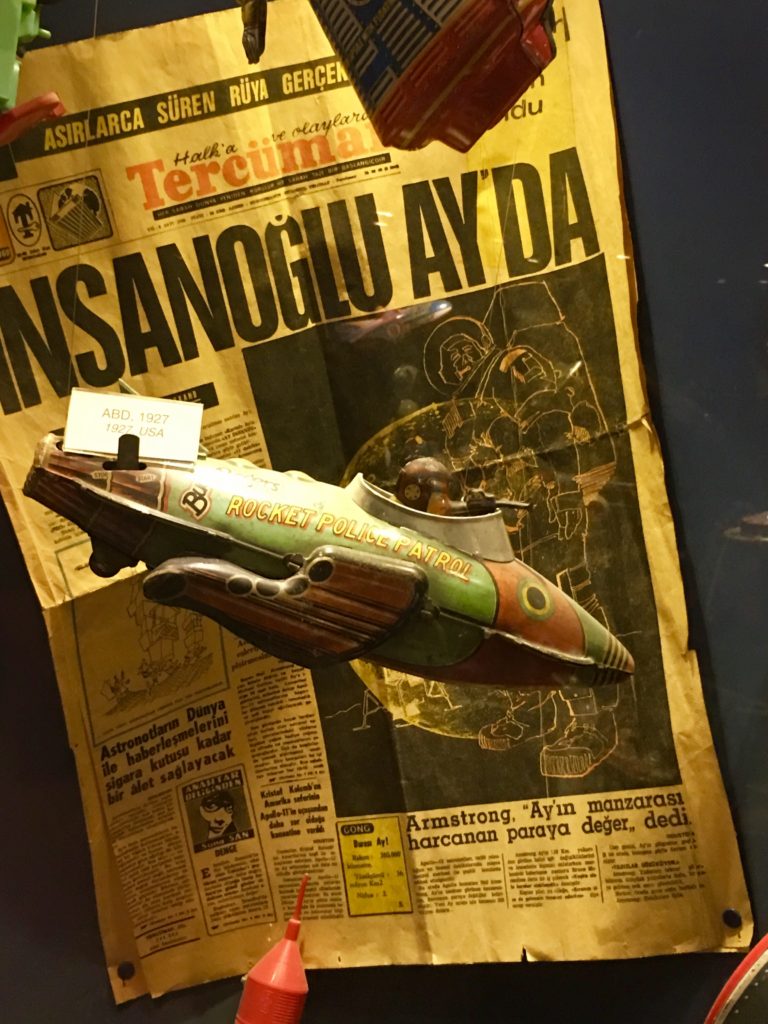
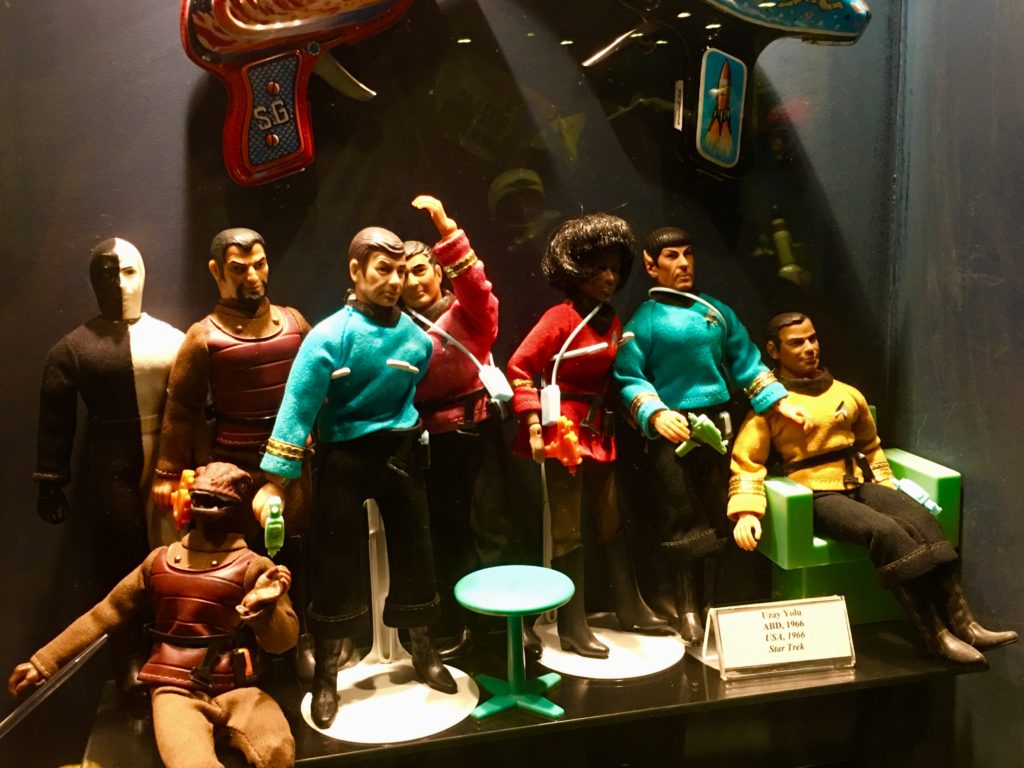
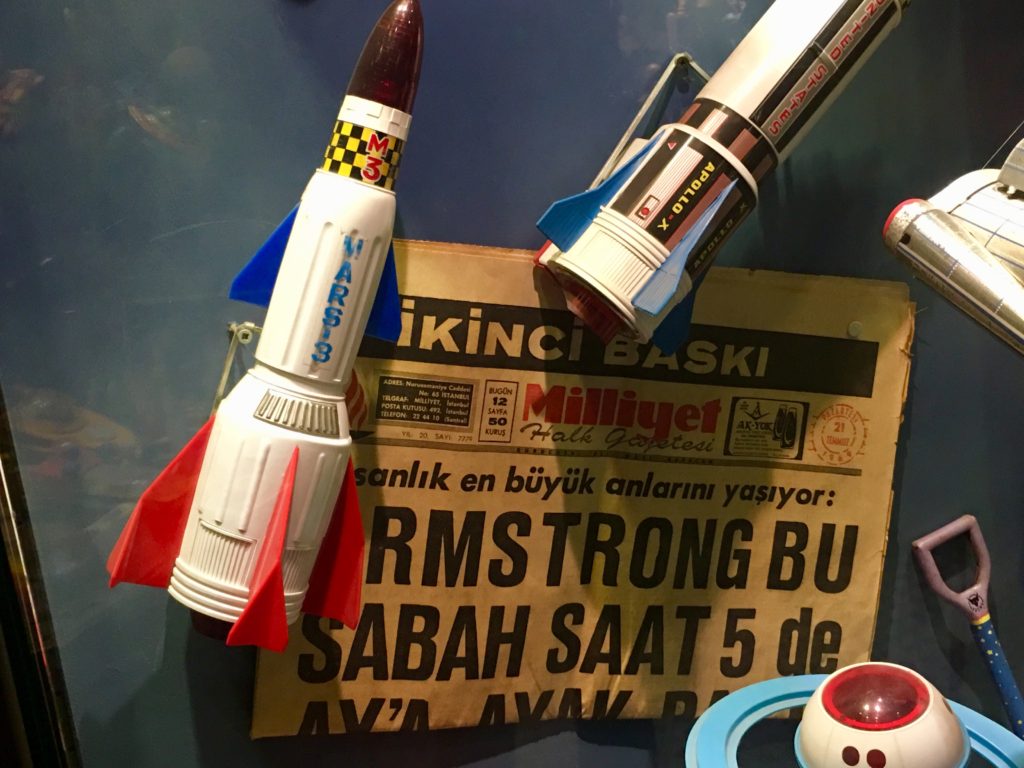
Sunay Akın points out that, the basis of development and advancement for societies lies in the potential of imagining and dreaming about the future. According to him, the seeds of this capacity are sowed as early as in childhood and toys are the best means to enhance this. He also makes the observation that, in developed countries toys are bought for children to boost their imaginations while in less developed countries toys are given to children as a pass-time. For him, it is normal that the first nation to set foot on the moon is the United States where the first space rocket toy was made as early as in the 1920’s.
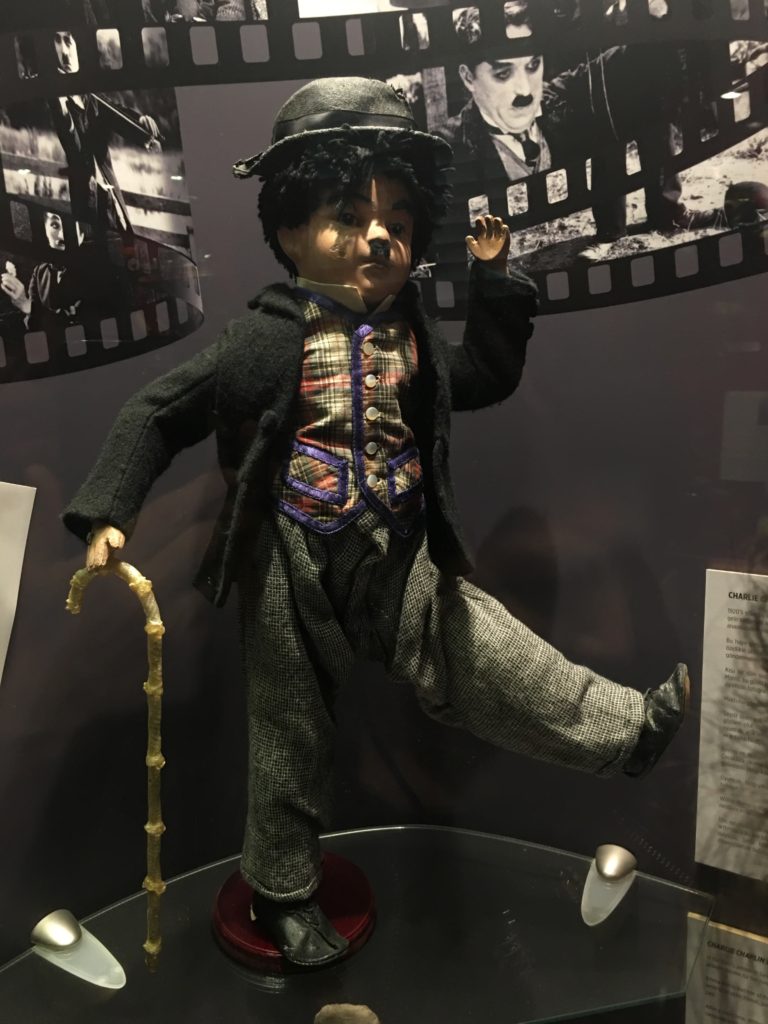
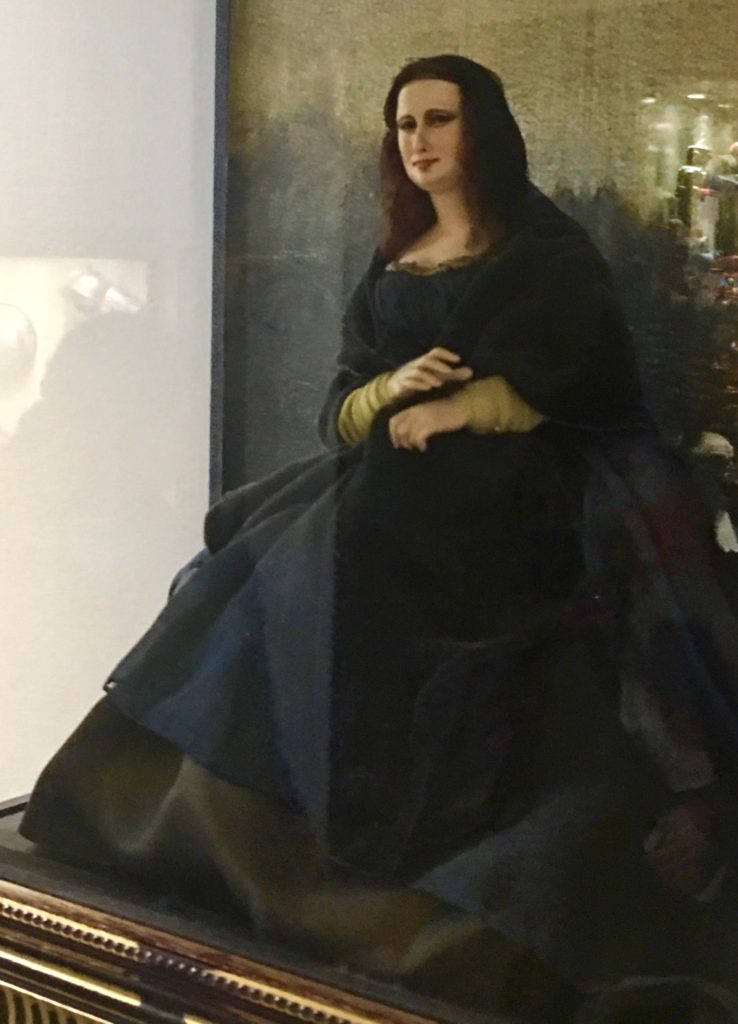
The collection of the museum consists of pieces that have been acquired from auctions, antique shops and private collections in more than 40 countries over a period of more than 20 years. The oldest toy in the museum is dated to the 18th century. Some have been produced as a single item and have very interesting stories. The story of the Charlie Chaplin toy is one of them.
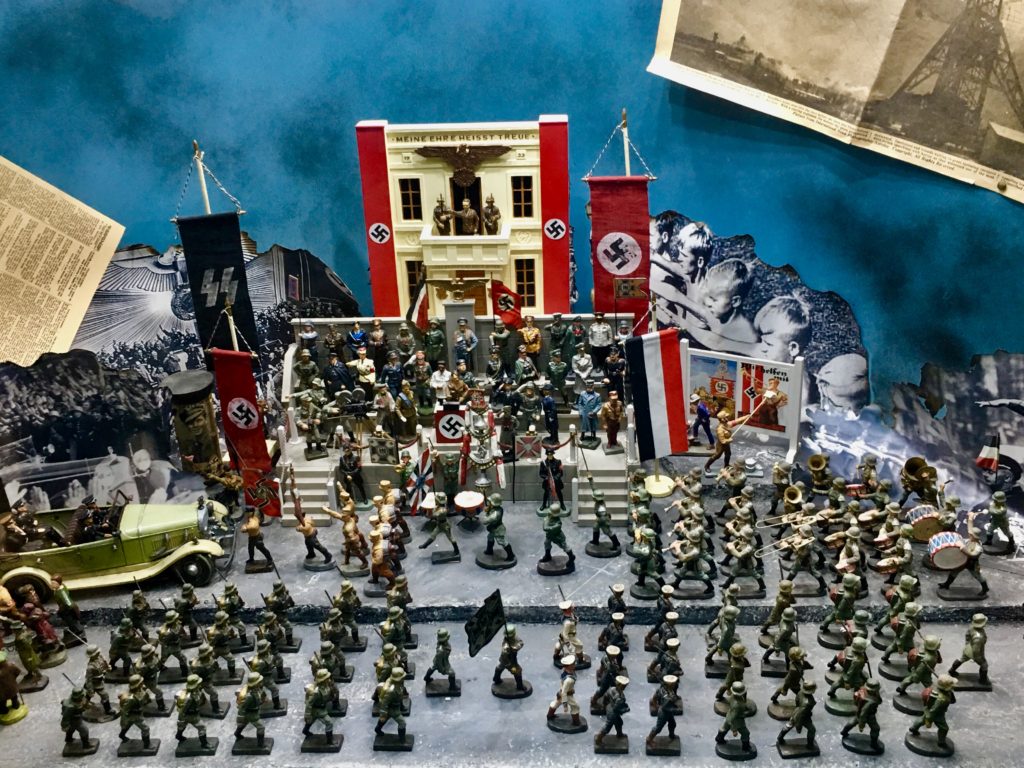
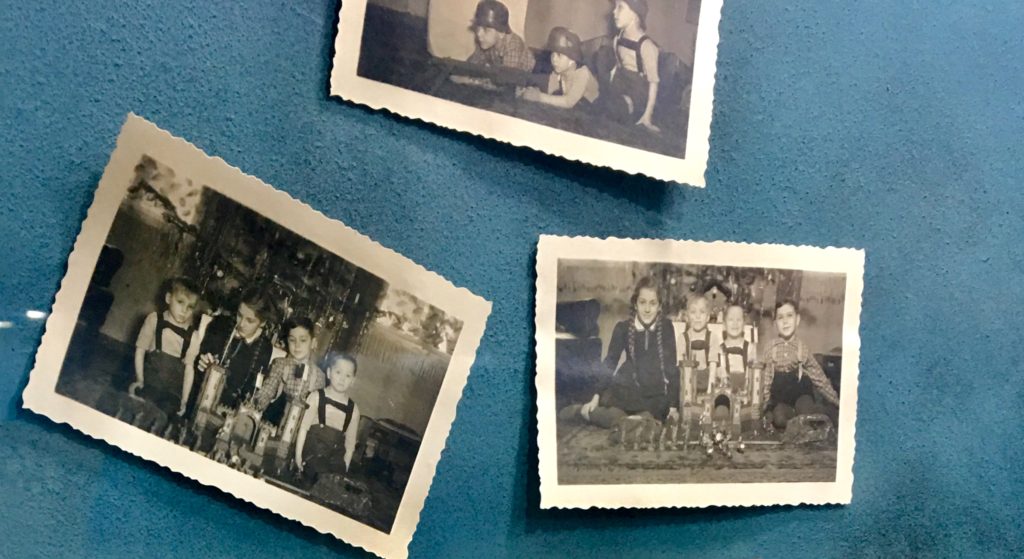
The rooms of the five storey building have been designed by the stage designer Ayhan Doğan and gives you the impression of being on a film set. Strolling from room to room, you get a feeling of the time the group of toys were produced or the era the toys are related to. For example, trains are a means to explore the Industrial Revolution while space related toys tell mankind’s thrive to go to the moon. The antique doll houses are not just amazing and beautiful to the eye, but they also give you an idea about the living habits and conditions of certain social classes of the time.
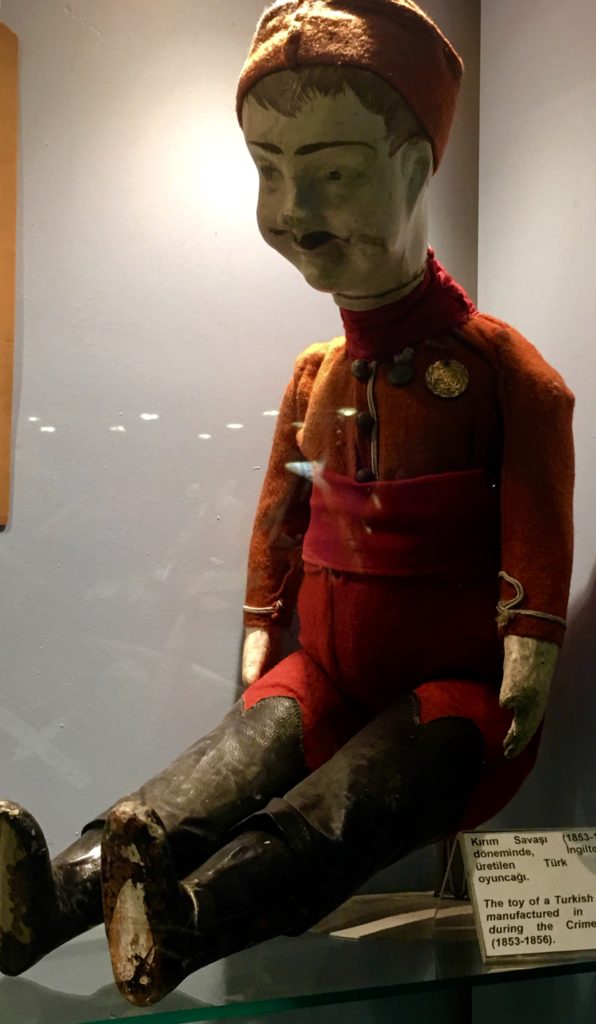
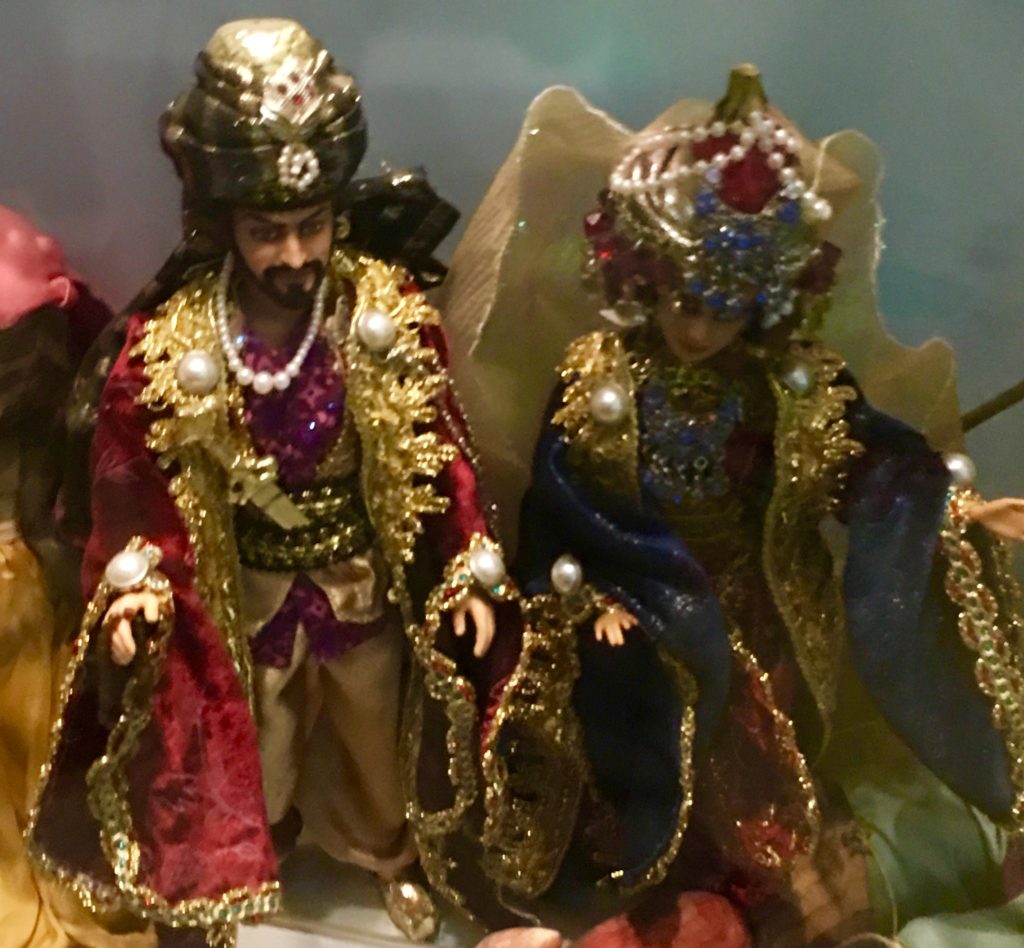
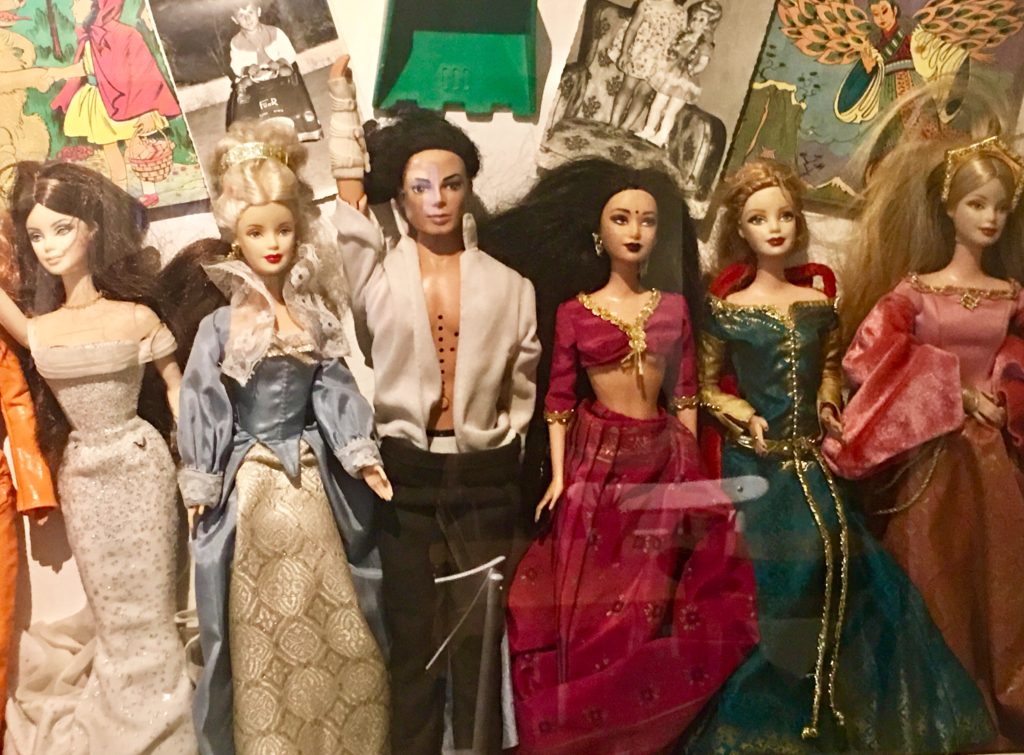
As the nice lady in the Museum Shop also noted, I have a feeling that the Istanbul Toy Museum appeals more to adults than children. Naturally, many children visit the museum and there are on-going activities for them on the premises. However, every time I have been there, adults seemed to be enjoying their visits more than the kids. The common phrase among them was “Oh! I had that when I was a child”, together with a special sparkle in their eyes… Apart from that, it is not just all about nostalgia for adults in this museum. There are also new things to learn. I, myself, was quite surprised to learn that stuffed bear toys are called “Teddy Bears” after the US President Theodore Roosevelt.
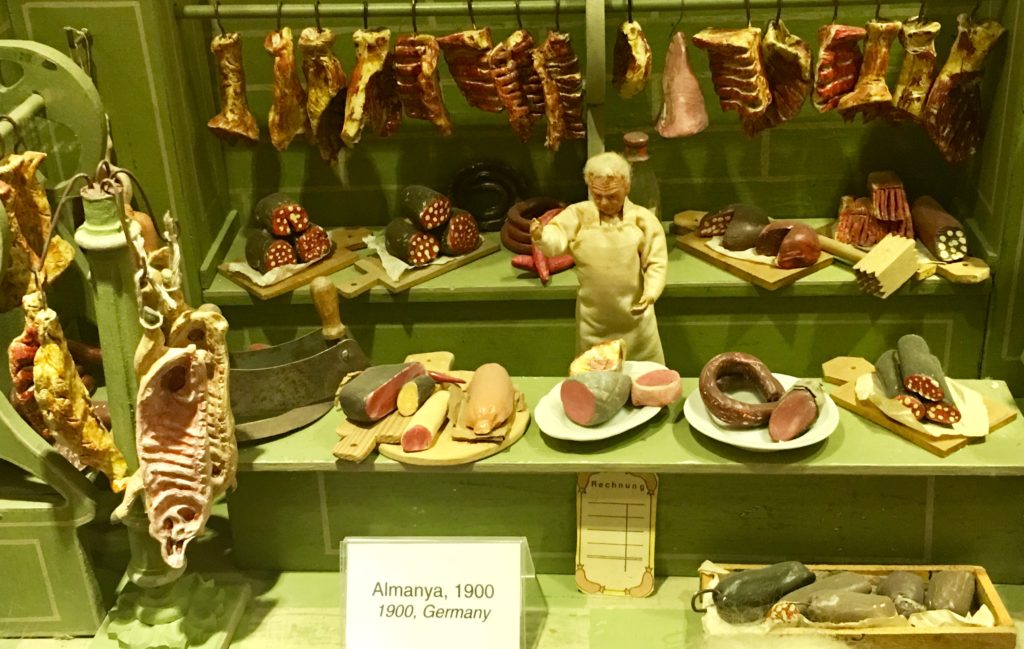
Produced in 1900-Germany
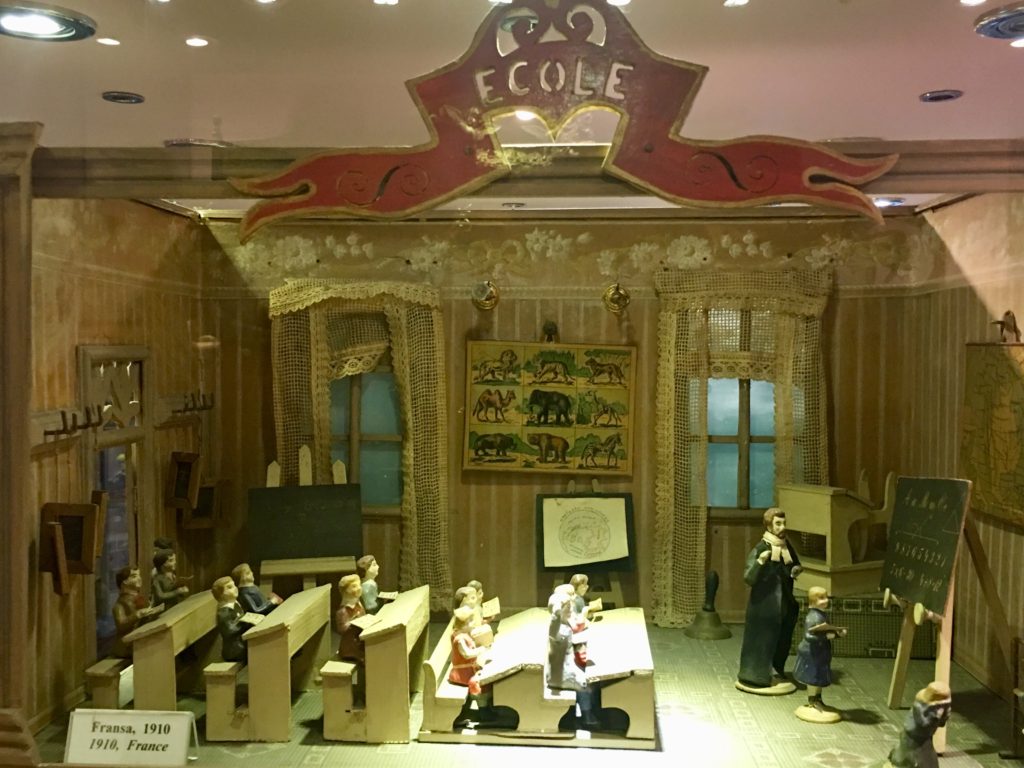
Produced in 1910-France
The Istanbul Toy Museum is a member of the International Council of Museums, the European Museum Academy and the Hands On! International Association of Children’s Museums. Its main source of income is the copyright income and the performance earnings of its founder, Sunay Akın. Support of patrons and visitors are always welcome…
